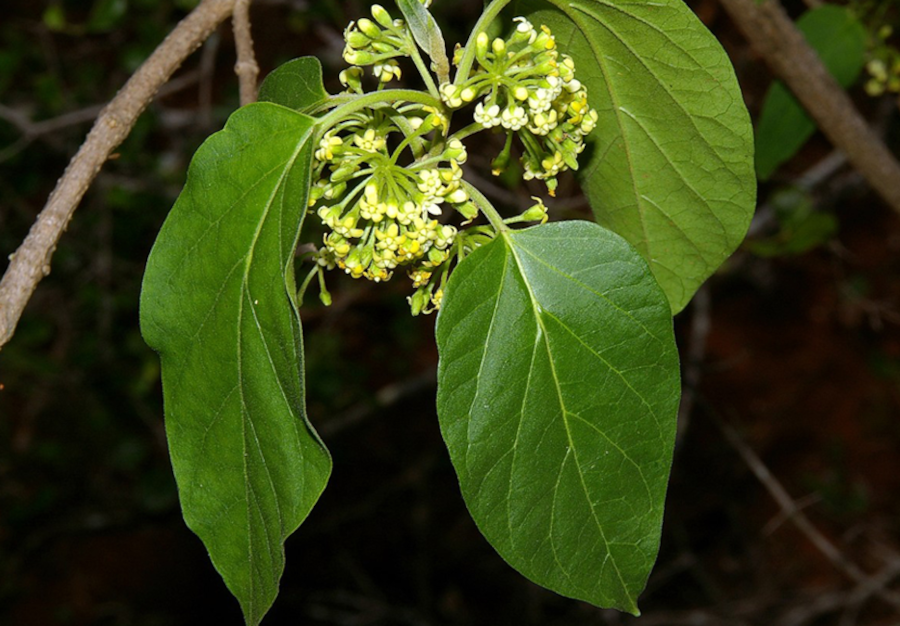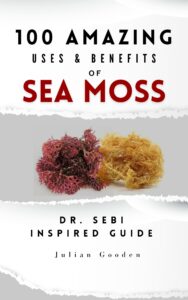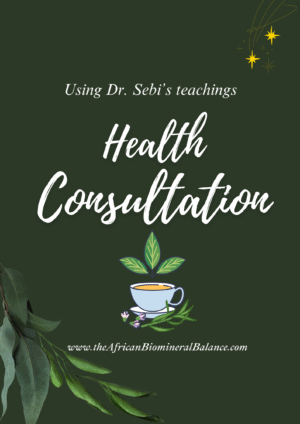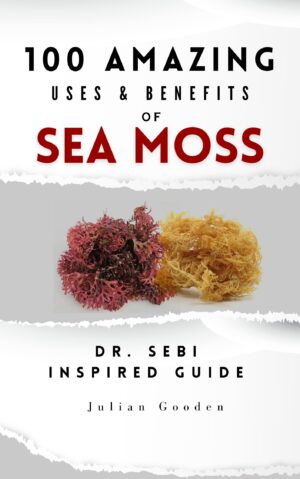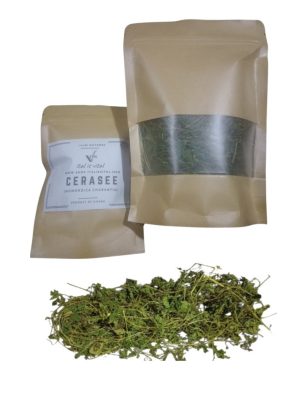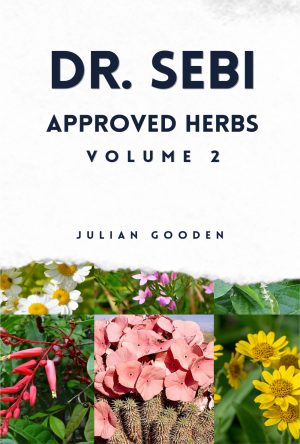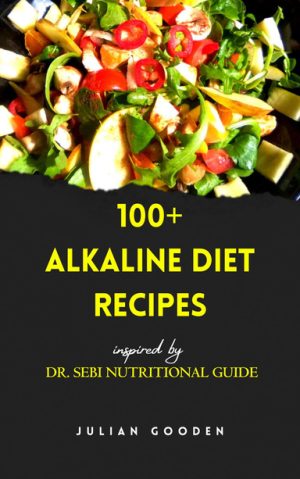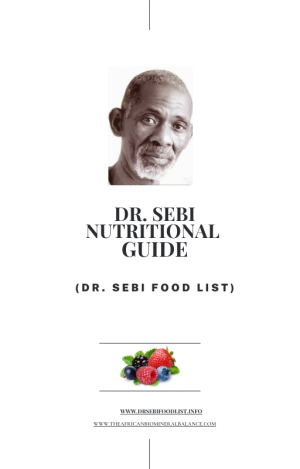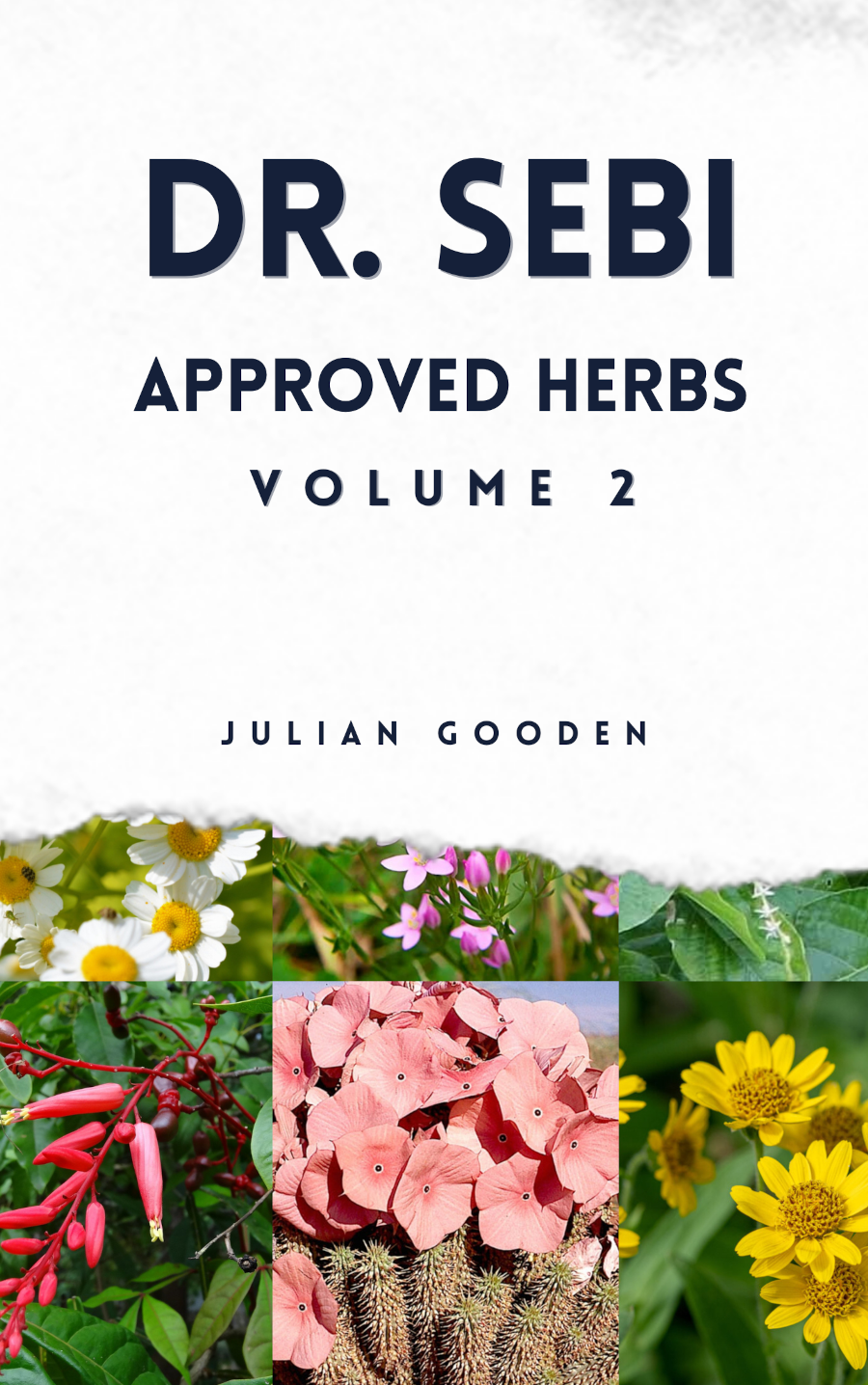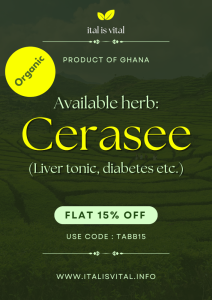Video transcript
Hi Everyone, thank you for stopping by for another video. In this video we will take a look at Condurango, a herb Dr. Sebi mentioned is “good for the blood”.
Condurango’s Latin or Scientific name is: Marsdenia cundurango
It is from the family: Apocynaceae
Synonyms: Gonolobus condurango
It’s Common Names are: Condurango, and Eagle Vine
Description:
Condurango is a natural species. It is native to the Andes region of South America and can be found growing wild in its natural habitat.
Condurango is a woody vine with elliptical leaves and clusters of small, white flowers. It produces elongated, paired seed pods. The vine can climb up to 30 meters in height and is typically found growing in mountainous regions.
Condurango, scientifically known as Marsdenia cundurango or Gonolobus condurango, is native to the Andes region of South America, particularly found in parts of Ecuador, Colombia, and Peru. It typically grows in mountainous areas, often in forests or along the edges of forests where it can climb and twine around trees and other vegetation for support.
The habitat of Condurango consists of high-altitude regions with specific environmental conditions. It thrives in areas with moderate to high humidity and well-drained soil. The climate in its native habitat is typically temperate to subtropical, characterized by cooler temperatures due to the higher elevation.
Condurango vines are adapted to growing in partial shade or dappled sunlight, as they often climb trees to reach sunlight filtering through the forest canopy. Given its native habitat in the Andean mountains, Condurango may also be found growing in rocky areas or along slopes where it can anchor itself to the terrain while seeking sunlight and moisture.
Overall, Condurango’s habitat reflects its preference for cooler, mountainous regions with adequate moisture and support for climbing.
Properties and Actions of Condurango:
It is considered Alterative, diuretic, tonic, antiseptic, heart stimulant, anti-syphilitic, anti-cancerous, and nervine.
Traditional or Medicinal Uses:
Condurango contains an abundance of nascent oxygen, which is regarded as the greatest antiseptic in the world. It is indicated in dyspnea (shortness of breath), dyspepsia (indigestion), dyscratic (disease or disorder, especially of the blood), pus-forming diseases, and in failure of the heart, lungs and kidneys to perform their proper functions.
Condurango has been used to treat various digestive disorders, including indigestion, dyspepsia, and gastritis. It is also used for conditions such as ulcers and stomach cancer. It has also been used to cure breast tumor.
Condurango is considered as a true cancer remedy, especially in cancers originating in epithelial structures.
The bark and stems of the Condurango vine are the parts most commonly used for medicinal purposes.
Preparation and Dosages:
Condurango can be prepared as a decoction, infusion, or tincture. Typical dosage forms include teas, extracts, or capsules.
Dosage recommendations may vary depending on the specific condition being treated and individual factors.
Contraindications, Interactions, and Side Effects:
Condurango is generally considered safe when used according to specific traditional uses. However, there is limited information available regarding its safety during pregnancy and breastfeeding, so caution is advised.
Research or Studies:
There is limited scientific research specifically focused on the medicinal properties of Condurango.
Condurango Recipe:
Decoction of Condurango
Ingredients:
1 ounce Condurango Bark (cut)
1 ½ pints distilled water
Instructions:
1. Boil slowly for 20 minutes, while closely covered.
2. Strain, bottle and keep in a cool place.
Dose: 1 to 4 tablespoonfuls 3 times a day. Not suitable for children.
Overdoses can be poisonous, producing vertigo, convulsions, and paralysis.
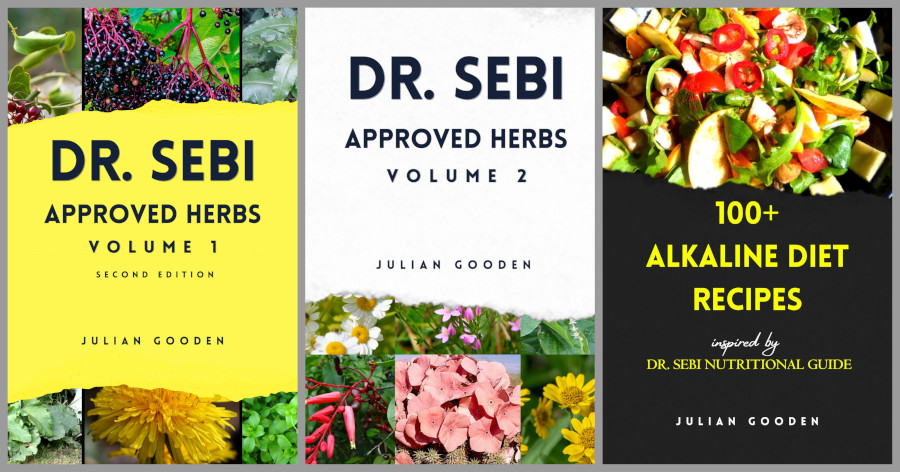
Get paperback copies of the following books on Lulu.com
Dr. Sebi Approved Herbs, Volume 2 – 23 Alkaline Herbs with Uses and Formulas
Dr. Sebi Approved Herbs, Volume 1 – 21 Alkaline Herbs with Uses and Formulas
ebooks are available on this website and Lulu.com.
